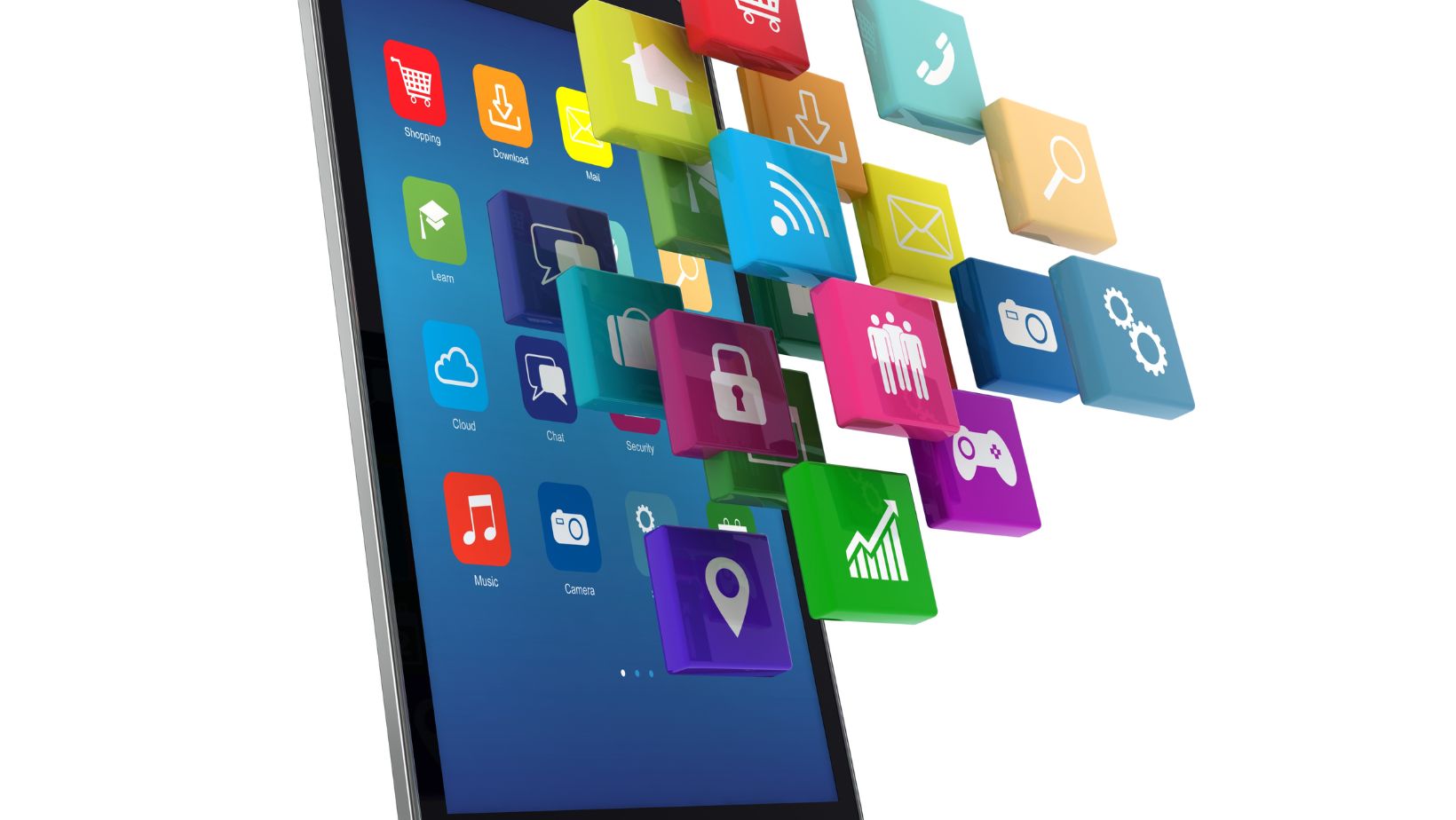When it comes to choosing a mobile network provider, one of the key factors to consider is coverage. After all, what good is a fancy smartphone if you can’t get a signal? In this article, I’ll be comparing the coverage maps of two major players in the US market: T-Mobile and Verizon.
T-Mobile has been aggressively expanding its network infrastructure and has made great strides in improving its coverage map. With an extensive 4G LTE network that covers over 99% of Americans, T-Mobile boasts impressive nationwide coverage. They have also made advancements in rural areas where connectivity was previously limited.
T Mobile vs Verizon Coverage Map 2017
T-Mobile Coverage Map in 2017
When it comes to T-Mobile’s coverage map in 2017, the network has made significant strides in expanding its reach across the United States. With a focus on enhancing their LTE network, T-Mobile now boasts coverage that extends to more rural areas and offers faster download speeds. The company has invested heavily in improving their infrastructure, resulting in an increase in the number of towers and improved signal quality.
T-Mobile’s coverage map showcases a strong presence in urban areas, where they have built a reputation for delivering reliable service. Major cities across the country benefit from robust coverage, allowing customers to enjoy seamless connectivity even during peak usage times. Additionally, T-Mobile has made efforts to improve indoor coverage by implementing technologies like Wi-Fi calling and signal boosters.
Verizon Coverage Map in 2017
Verizon is known for having one of the most extensive coverage maps among all wireless carriers. In 2017, Verizon continued to excel in providing reliable network service both in urban centers and rural regions. Their expansive LTE network covers a vast majority of the country, offering customers strong signal strength and consistent performance.
Verizon’s commitment to investing in their infrastructure is evident through their continuous expansion of cell towers and use of advanced technologies like small cells and distributed antenna systems (DAS). This allows them to deliver excellent coverage not only within densely populated areas but also along highways and remote locations.

Key Differences Between T-Mobile and Verizon Coverage
While both T-Mobile and Verizon offer comprehensive coverage across the United States, there are some key differences that may influence your decision when choosing between them:
- Network Reach: Verizon’s coverage is generally considered broader than that of T-Mobile. If you frequently travel or live in more remote areas, Verizon may provide better reliability.
- Data Speeds: Although T-Mobile has made significant improvements to its network speeds, Verizon still holds an advantage in terms of overall data performance. If you rely heavily on fast download and upload speeds, Verizon may be the better choice.
- Pricing: T-Mobile often positions itself as a more budget-friendly option compared to Verizon. Depending on your specific needs and budget constraints, T-Mobile’s cost-effective plans may be appealing.
However, there are still some areas where T-Mobile falls short compared to Verizon. In rural or remote locations, Verizon tends to have better coverage due to its larger network footprint. If you frequently travel outside major cities or venture into less populated areas, you may experience more dropped calls or weaker signal strength with T-Mobile compared to Verizon.
To provide some concrete data for comparison purposes, let’s take a look at the latest statistics from independent third-party sources:
- According to OpenSignal’s 2017 State of Mobile Networks report, Verizon had slightly better 4G LTE availability nationwide compared to T-Mobile.
- RootMetrics’ testing also revealed that while both carriers performed well in major metro areas, Verizon had an edge over T-Mobile in terms of overall network performance across the United States.
It’s worth noting that these statistics are just snapshots of overall performance and may not reflect every individual’s experience. Network performance can vary depending on factors such as location, device compatibility, terrain obstacles, and even time of day.
In conclusion, when comparing T-Mobile and Verizon’s coverage maps for 2017, both providers offer broad nationwide coverage with their respective 4G LTE networks. While T-Mobile has made remarkable progress in expanding its reach, Verizon continues to excel in terms of reliability and reaching remote areas. Ultimately, your choice should depend on your specific needs and priorities as well as local availability.


